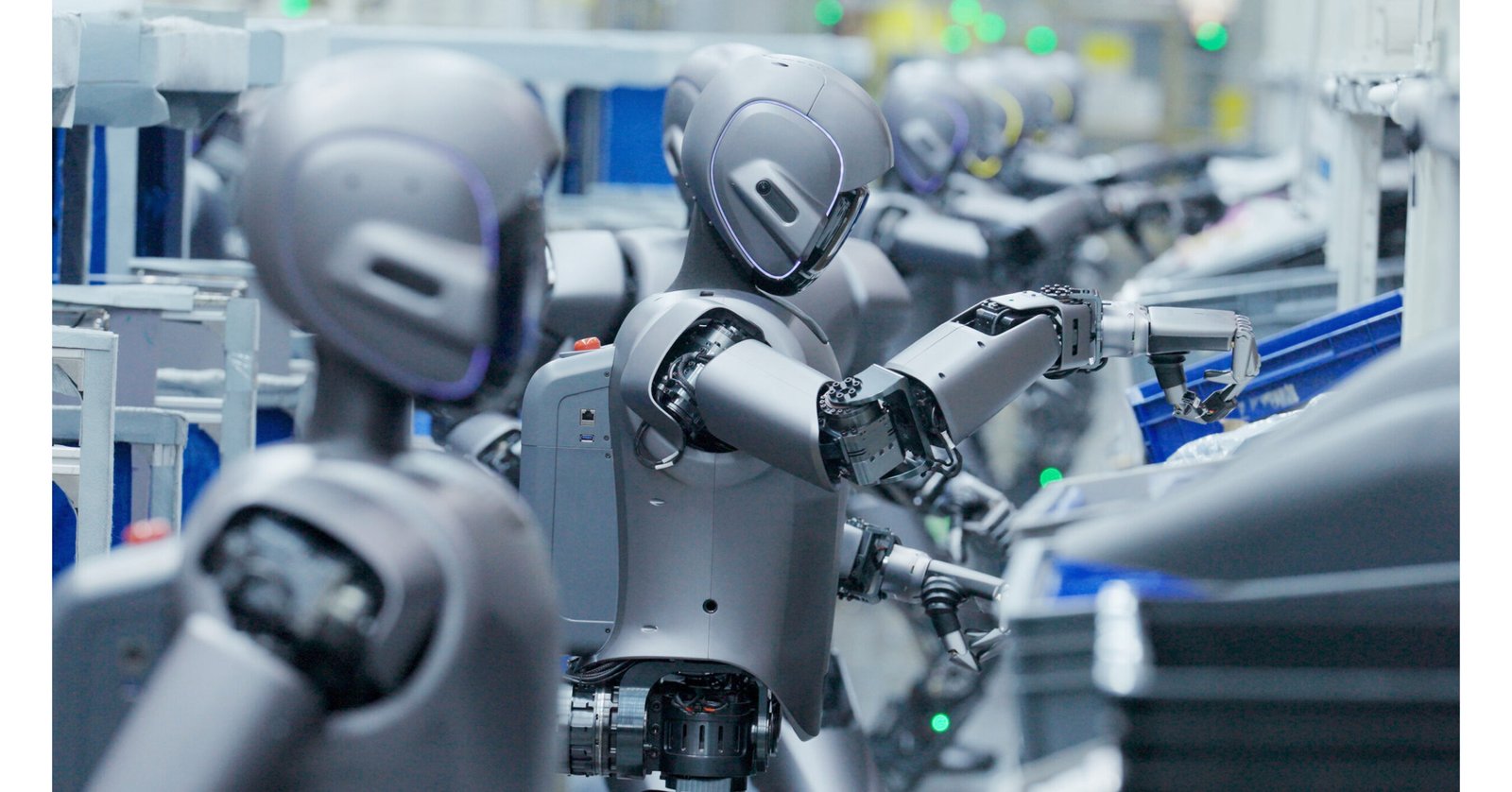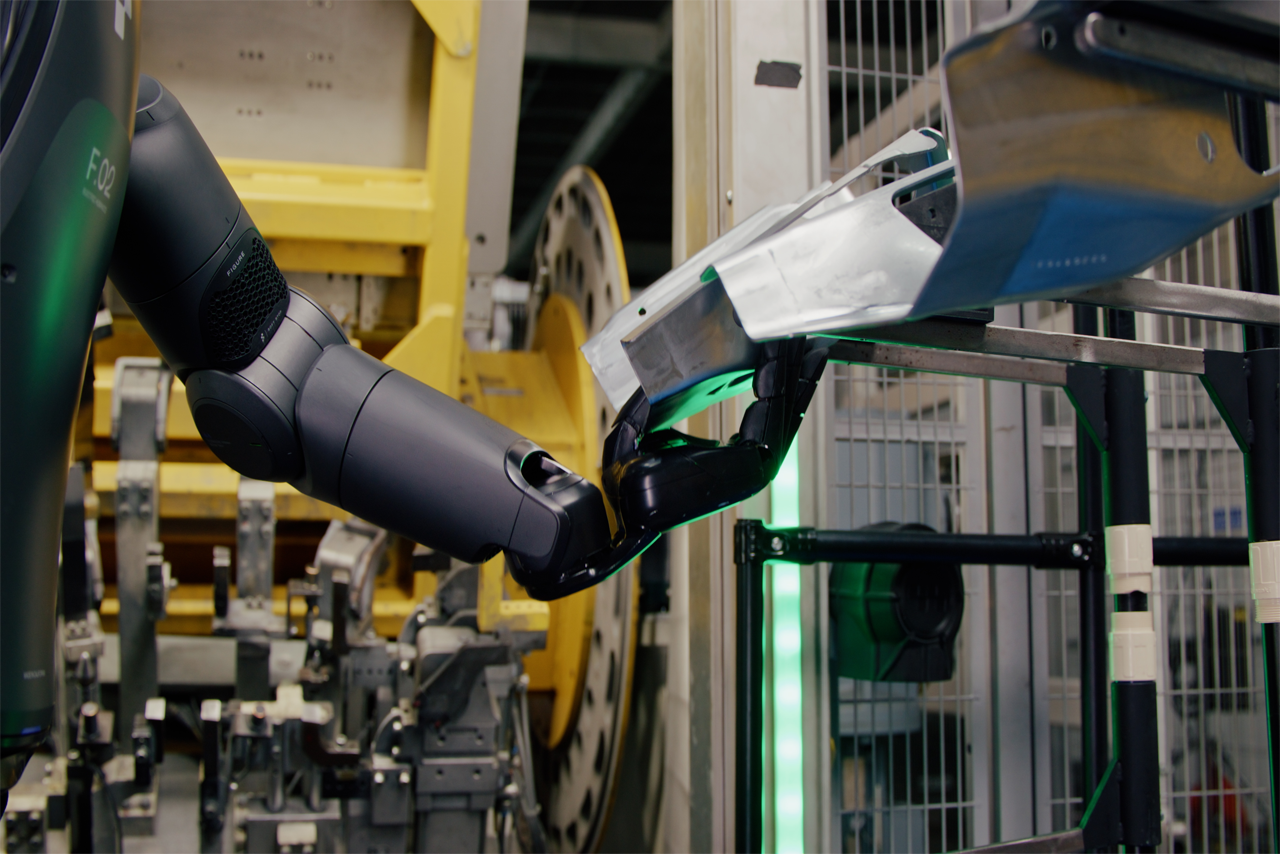As the world continues to dive deeper into the Fourth Industrial Revolution, the race to develop intelligent humanoid robots is becoming more competitive. Among the leaders in this field, China is pioneering groundbreaking strategies that could redefine how robots are integrated into society. In this article, we delve into the advanced methods China utilizes to train humanoid robots, shedding light on the innovative practices that set the nation apart.
The Rise of Humanoid Robotics in China
China’s journey into robotics has been nothing short of extraordinary. With government support and private enterprise collaborations, China is not just developing robots but is also at the forefront of creating humanoid robots that can learn, adapt, and aid human activities seamlessly.
Several factors contribute to China’s dominance in this area, including:
- Government Investment: With billions of dollars allocated to AI and robotics, China aims to lead the global robotics industry by the next decade.
- Talent Pool: A robust educational infrastructure focused on STEM fields fosters innovation and research in robotics.
- Industry Partnerships: Collaborations between universities, tech companies, and government entities boost innovation and practical applications.
Advanced Machine Learning Algorithms
Deep Learning in Robotics
The backbone of China’s humanoid robot training is rooted in machine learning algorithms, particularly deep learning techniques. These algorithms allow robots to process vast amounts of data, enabling them to mimic human decision-making processes. Deep learning helps these humanoid machines to:
- Recognize and understand human languages and expressions.
- Analyze visual inputs, such as identifying and categorizing objects.
- Predict outcomes based on previous experiences, allowing for smoother human-robot interaction.
Reinforcement Learning and Training
Reinforcement learning plays a critical role in China’s training regimen. It gauges how robots learn by encouraging or discouraging certain actions via rewards and penalties:
- Robots can experiment with different responses to human prompts.
- Over time, they optimize their behavior through trial and error.
- This method encourages robots to learn autonomously, reducing the reliance on pre-programmed data.
Simulated Environments for Effective Learning
Chinese tech firms have developed sophisticated simulated environments where robots can learn and evolve. These digital realms replicate real-world scenarios, enabling the robots to practice in a controlled yet dynamic space.
Benefits include:
- Testing robot’s responses to complex environments without real-world consequences.
- Scalability as numerous robots can be trained simultaneously across different virtual scenarios.
- Enhancing problem-solving skills by presenting robots with multifaceted challenges.
Human-Robot Interaction Scenarios
In these environments, robots frequently engage in a variety of tasks that simulate everyday human interactions. These scenarios include:
- Assistance roles, such as aiding in tasks like information retrieval or customer service.
- Domestic tasks, where humanoid robots learn to manage daily chores.
- Collaborative efforts in workplaces, preparing robots to work alongside humans efficiently.
Emotional Intelligence in Robotics
Understanding and mimicking human emotions is a ground-breaking area in humanoid robot development, and China leads the charge by incorporating emotional intelligence into their training regiments. Emotional intelligence in robots is pivotal for improving human-robot interaction, which is critical in social contexts.
- Emotion recognition technologies enable robots to discern and respond to human emotions accurately.
- Incorporating AI that helps robots develop adaptive communication skills according to emotional cues.
- Robots learn to develop empathetic interactions, responding with suitable emotional articulations.
Future Prospects: Robots in Society
China’s commitment to developing cutting-edge humanoid robots indicates a promising future for human-robot interaction. As these techniques mature, we can expect:
- An increase in robots undertaking complex professional roles.
- Enhanced quality of life with robots assisting in healthcare, hospitality, and home management.
- The formation of new industries and job roles spurred by the widespread adoption and integration of advanced robots.
Conclusion
China’s innovative approaches to training humanoid robots set a precedent for the global robotics industry. By leveraging advanced machine learning algorithms, immersive simulated environments, and nuanced emotional intelligence, China prepares its robotic counterparts to not only complement human activities but revolutionize them. While the journey is ongoing, the strides made by Chinese researchers and developers promise a future where humanoid robots will become an integral part of everyday life.
As technology advances, keeping an eye on China’s innovations will be crucial as these practices undoubtedly shape the future landscape of global robotics.






